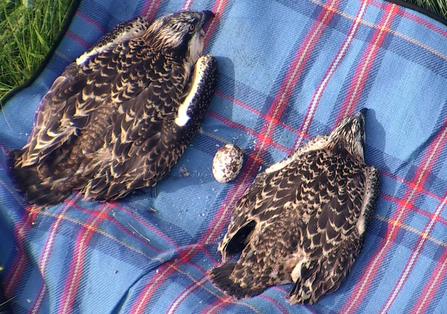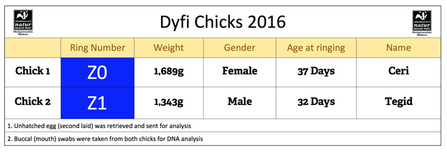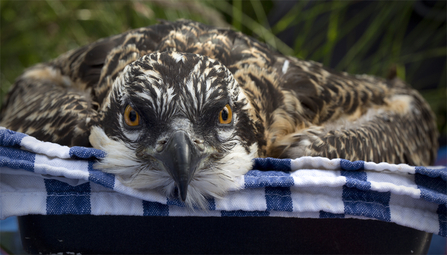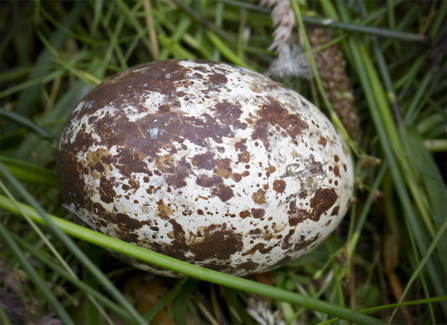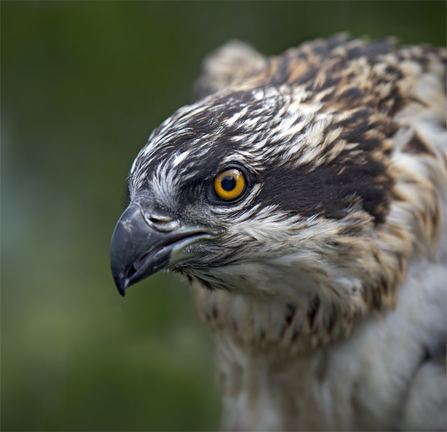We took advantage of a break in the weather yesterday to ring both our osprey chicks.
With the North Atlantic Jetstream unseasonably low (south) resulting in high winds and heavy rain in the UK, more care than usual was needed this year to pick out a window where the tides are sufficiently low and we get a lull in between weather fronts.
We also had a bit more to think about in 2016 regarding exactly what we needed to do once we get to the nest, with causing as little disturbance as possible always being the main priority. We'd received permission to remove the unhatched egg as well as to take buccal (saliva) swabs from each chick. We also needed to clean the cameras while ringers Tony and Chris got on with the ringing itself at the bottom of the nest, as well as remove part of a plastic black bin liner that had lodged itself in the nest for the last few weeks.
Thankfully, everything went without a hitch.
The first thing we noticed as soon as we lowered both chicks to the ground was the massive size difference between each bird.

